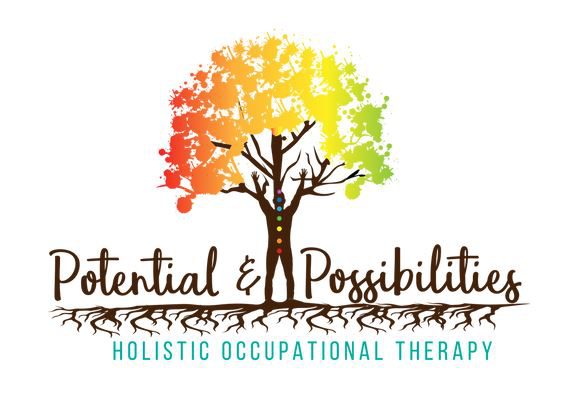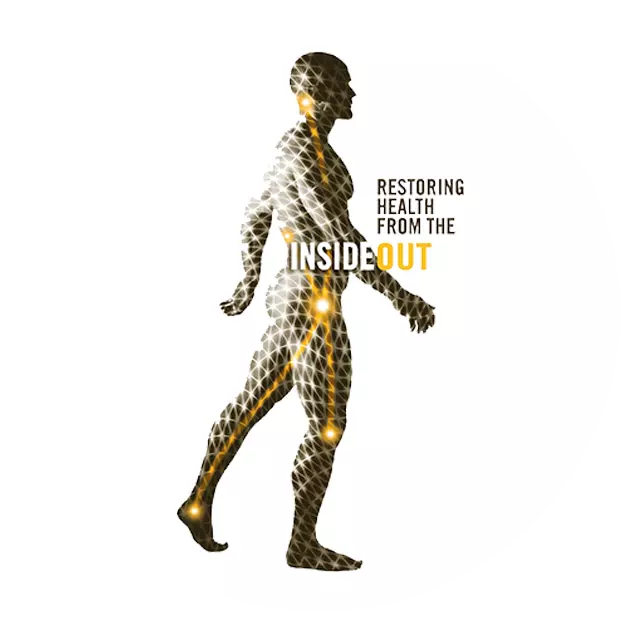Post-Concussion Treatment
Effects of Concussion
When individuals experience a concussion, they often experience an increase in sensory sensitivities to light, movement, sounds and other types of stimulation and they find it challenging to participate in their day-to-day activities. An important part of the recovery process is looking at the individual’s day to day routines and activities they need to participate in. Often, it is very beneficial to the person to engage in more focused planning to break down tasks into parts and space activities out in order to provide needed break times.
Heidi can provide assistance with the following for individuals post-concussion:
- Task analysis > including activity breakdown
- Pacing and planning activities
- Support the brain and nervous system in regulating/calming down from the hyper sensitivities
- Reviewing memory strategies to help with day-to-day functioning
- Direct treatment using Matrix Repatterning Treatment
- Direct treatment using Concussion Recovery Therapy (CRT)
Matrix Repatterning Treatment
After experiencing impact to the head as a result of a fall or another injury involving the head, connective tissue around the head called the fascia, can become restricted in the head, face, teeth and spinal column. These restrictions can start at any time in life and can create problems either immediately, or over time as more and more restrictions form throughout the years in different areas in the body. When the head, face and teeth are affected by impact injuries, the bones can also be affected and can deform due to the brain impact from movement inside the skull or due to swelling. Many individuals experience a myriad of symptoms after a concussion or head injury including things like: headaches, visual disturbances, dizziness/loss of balance, nausea/vomiting, increased sensory sensitivity to sound, lights, movement, as well as cognitive and mood changes.
Matrix Repatterning allows the practitioner to scan the body to find the restrictions in the fascia, which relate to the concussion or other old injuries (even from a very long time ago). After identifying the locations of restrictions, these areas are treated using a special hierarchy using a gentle approach with special magnets and the practitioner’s hands. Through the use of this individualized approach, the practitioner can “zero in” on the client’s specific restrictions and treat them according to priority areas. Matrix Repatterning is a specialized treatment approach that can help to restore optimal alignment and allows the molecular structure of the cells to return to a relaxed state.
The following videos share some client stories and testimonies in regards to using Matrix Repatterning with clients with brain injuries or post-concussion syndrome.
Concussion Recovery Therapy (CRT)
This type of therapy uses using two Dolphin Neurostim devices to treat the cranial sutures in the head. When individuals experience trauma to their head, this makes the cranial sutures between the skull bones jam and not move as well, causing headaches, visual disturbances, balance issues, sensory sensitivities, etc. By treating on either side of the cranial sutures, this helps to “release” the skull bones and thereby helps to decrease pressure and other symptoms that go along with post-concussion syndrome.
Heidi attended the two-day Concussion Recovery Therapy workshop to learn how to complete this therapy and is using it in her practice with clients. Heidi has been seeing good results in her clients as they are reporting decreased headaches, improved mental clarity/focus, improved sleep, decreased mental fog, etc.
“Concussion Recovery Therapy has been reported in literature to reduce stress, regulate the autonomic nervous system and improving HRV and PCS symptomology. (Chevalier-2016, Armstrong-2017) Concussion Recovery Therapy clearly yields superior therapeutic outcomes over current concussion treatment options.”
Obtained from www.concussionrecoverytherapy.com *Please see this website for more details.







